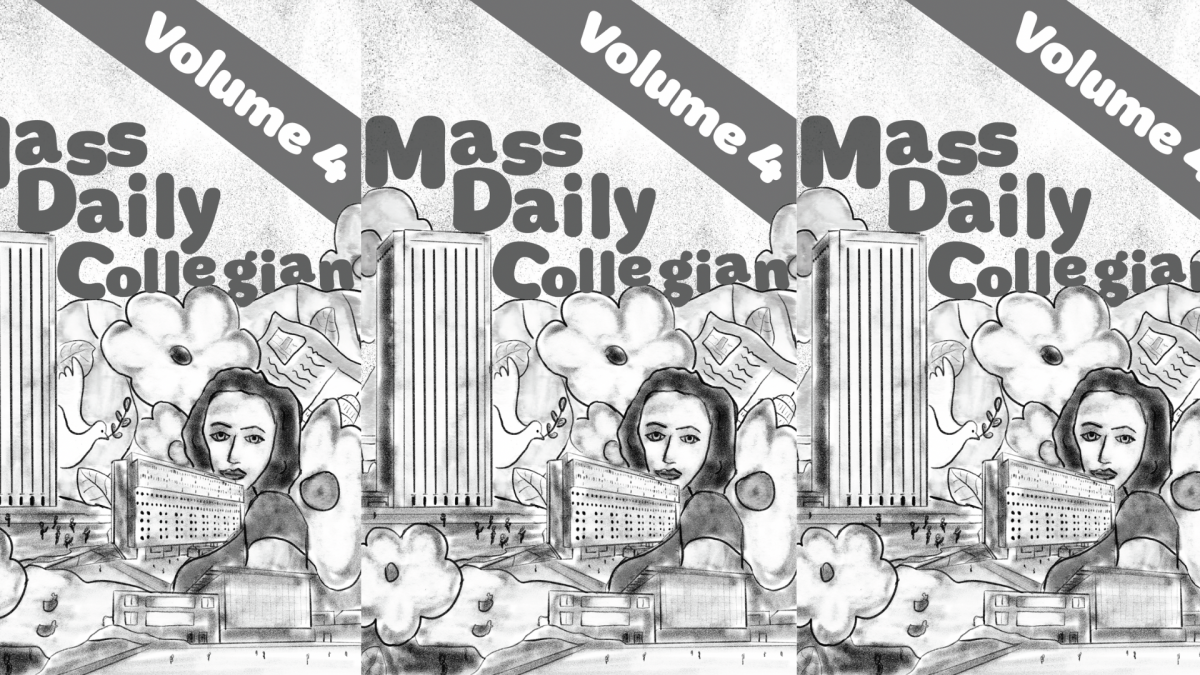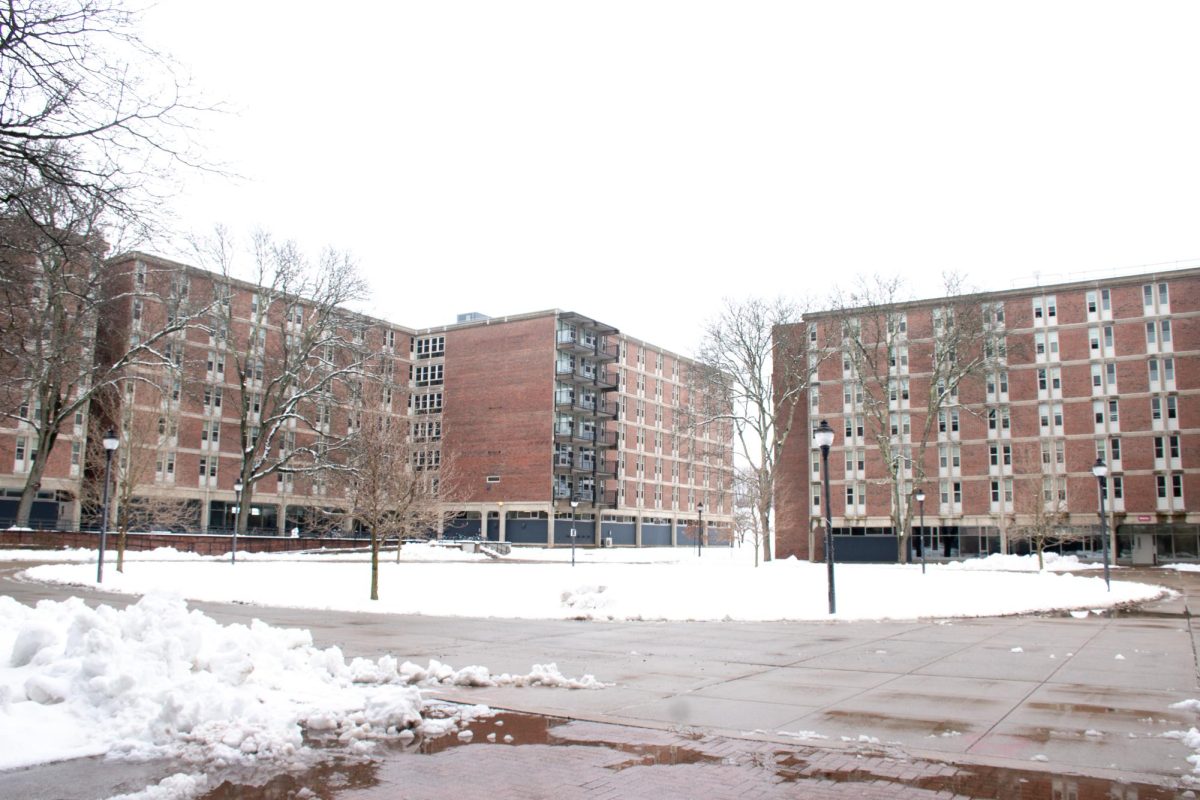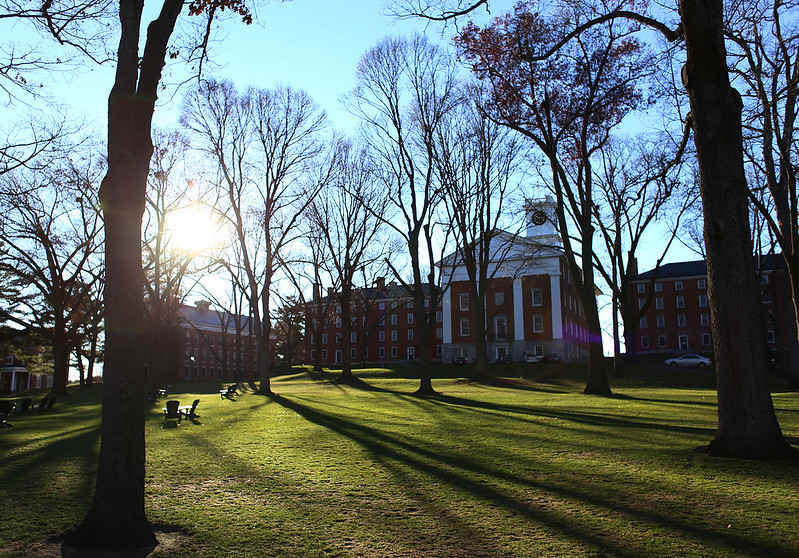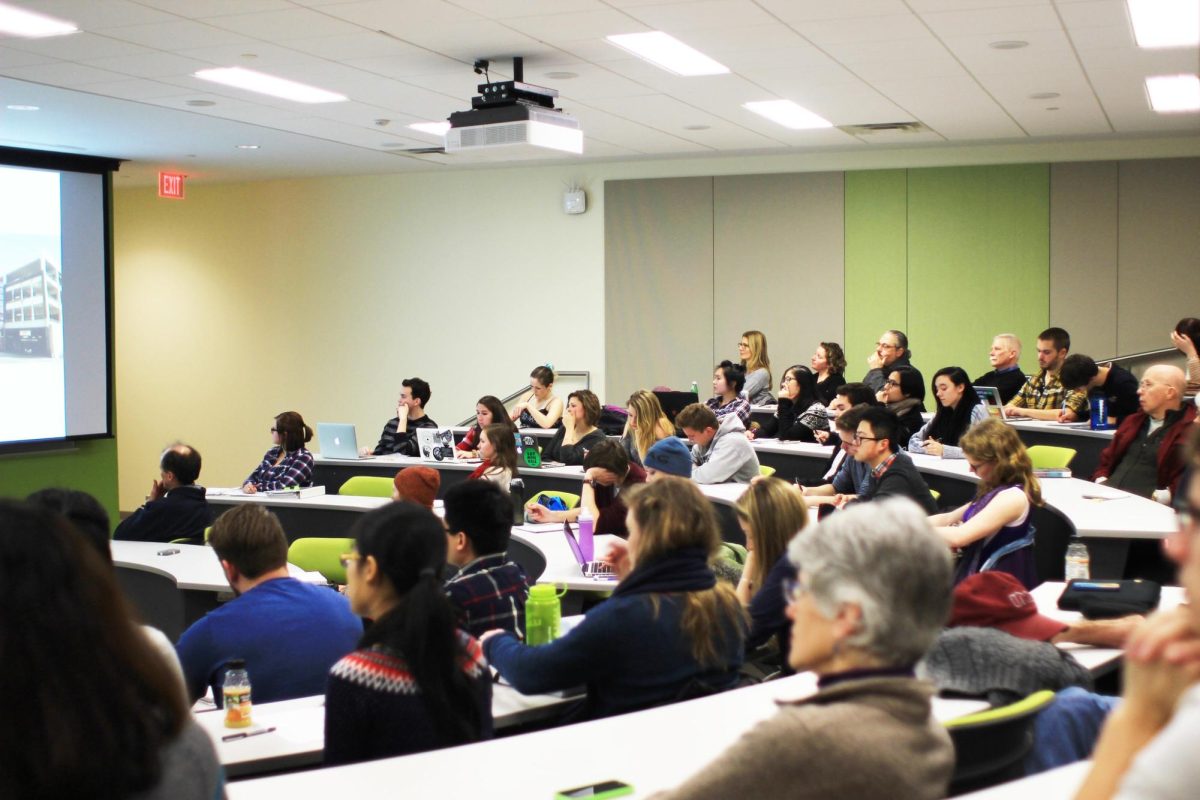In the ever-expanding urban landscapes of today, the need for sustainable transportation options is greater than ever. As cities grapple with issues of traffic congestion, air pollution and limited space, one solution stands out as a beacon of hope: bike lanes. These designated paths for cyclists promote sustainability, help reduce pollution and enhance the overall quality of urban life.
Sustainability is the cornerstone of a greener future, and bike lanes play a pivotal role in achieving this goal. By providing dedicated spaces for cyclists, cities encourage people to opt for an eco-friendly mode of transportation. Bicycles are powered by human energy, emitting no harmful pollutants and consuming zero fossil fuels. Their production and maintenance have a significantly lower environmental impact compared to the manufacturing and operating of motor vehicles. As we strive to combat climate change, bike lanes present a practical and cost-effective solution to reduce our carbon footprint.
One of the most pressing issues in urban areas is pollution, primarily caused by excessive use of motor vehicles. The toxic fumes released from cars and trucks not only harm the environment, but also pose severe health risks to city residents. Bike lanes offer a clear alternative to this problem. By facilitating safe cycling, cities can actively reduce the number of vehicles on the road, subsequently decreasing air pollution. Research has shown the presence of bike lanes leads to a noticeable drop in harmful emissions and provides a cleaner, healthier urban environment. Cleaner air means better respiratory health for citizens and a more pleasant city to live in.
Bike lanes also contribute to a more efficient and organized urban traffic system. By designating specific lanes for cyclists, cities can reduce conflicts between vehicles and bicycles. This enhances safety for both drivers and cyclists, reducing the likelihood of accidents and traffic congestion. Not only do bike lanes promote the safety of cyclists, but they also contribute to overall road safety by creating a more predictable traffic flow.
The development of extensive bike lane networks can alleviate traffic congestion in cities. As more people choose to cycle, the number of vehicles on the road decreases, resulting in fewer traffic jams. This saves commuters time and reduces fuel consumption, which is not only environmentally friendly but also economically beneficial. A study published in the Ecological Economics Journal found that for every mile driven by car, society incurs an external cost due to congestion, air pollution and traffic accidents. Conversely, every mile cycled generates a net benefit to society. It’s evident that prioritizing bike lanes can lead to significant economic and environmental gains.
When cities invest in bike lanes, they send the message that they are committed to providing accessible and sustainable transportation options. This fosters a sense of community well-being and inclusivity. People from many walks of life can use bike lanes, from students and working professionals to seniors and families. Additionally, cities with well-developed bike lane networks tend to attract more tourists and businesses, as the cycling infrastructure contributes to the overall appeal of the city.
Bike lanes can lead to a boost in physical activity. Encouraging people to cycle for their daily commute or leisure promotes an active lifestyle, reducing the risk of chronic diseases and obesity. The presence of bike lanes is not only an investment in the environment but also in the well-being of citizens.
The traditional criticism that is often levied against the idea of bike lanes and commuting by bike is, “but what if I have to get somewhere quickly and the destination is 15 miles away.” I would counter that while this is a valid criticism, it does not relate to commuting by bicycle but rather that a more comprehensive public transport system needs to be developed that consists of highspeed trains and trams made to service these quasi-long-distance journeys.
Bike lanes will not function to their full potential in isolation. But if they form part of a greater public transportation network that consists of trains and trams, their benefit to society is almost incalculable. What we should consider next is how we can incorporate greater comprehensive public transportation in the U.S. so that we can adopt the Amsterdam model of commuting by bike and move closer towards the goal of sustainability and Net Zero carbon emissions.
Simon Fox can be reached at [email protected]



















